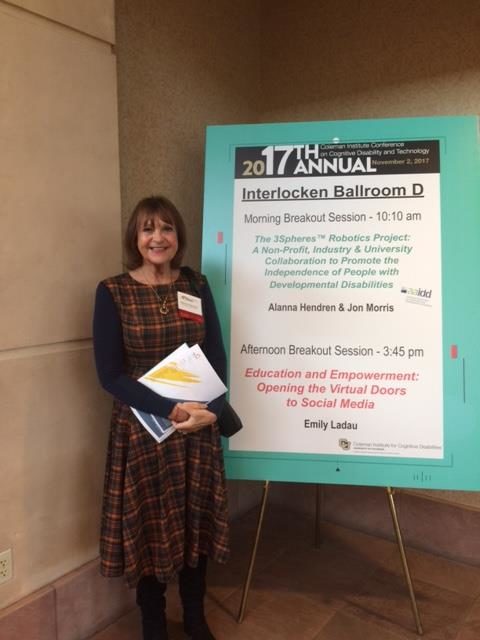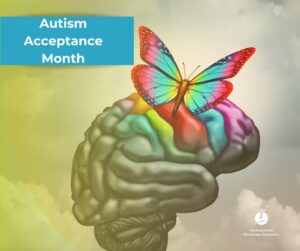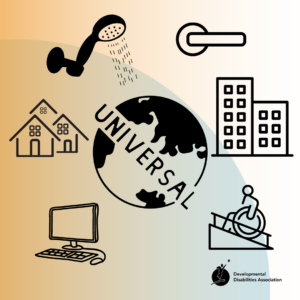The Coleman Conference, held just outside of Boulder, Colorado by the Coleman Institute, brings together academics, service providers, families, self-advocates, bureaucrats, and tech industry pioneers to discuss the use of digital technology to increase the independence of people with cognitive disabilities. This year, I was asked to talk about our robot project by the American Association on Intellectual and Developmental Disabilities (AAIDD), a co-sponsor of the day. Jon Morris, principal of our industry partner in the project, from JDQ, joined me. We enjoyed a warm welcome and much interest! The Coleman Conference, held just outside of Boulder, Colorado by the Coleman Institute, brings together academics, service providers, families, self-advocates, bureaucrats, and tech industry pioneers to discuss the use of digital technology to increase the independence of people with cognitive disabilities. This year, I was asked to talk about our robot project by the American Association on Intellectual and Developmental Disabilities (AAIDD), a co-sponsor of the day. Jon Morris, principal of our industry partner in the project, from JDQ, joined me. We enjoyed a warm welcome and much interest!
Like most of the leadership in the disability “civil rights” movement, the leadership of the Coleman Institute is changing. Older visionaries who can remember the days of institutions and mistreatment are handing over their ambitions to a much more sophisticated, younger demographic of professionals. They leave behind a Charter, declaring the rights of people with cognitive disabilities to computer technology and internet access but without the tools and societal values that helped us older folks succeed. Although the potential of new technologies continues to stimulate our imaginations, widespread use has been limited by:
- Web and software inaccessibility
- There is no funding for people with disabilities to purchase technology
- Medicaid, the program that funds community living services, would have been eliminated under “repeal and replace” Healthcare legislation in the U.S. These cuts continue to threaten the support of people with disabilities outside institutions
- People have too many other struggles (physical, financial and attitudinal barriers) to worry about technology
- Civil rights are still not universally adopted for people with disabilities, 27 years after the Americans with Disabilities Act
- Most people already do not receive government-funded supports, living forever with Mom and Dad
- There is currently no direction, no coherent government policy, regarding supports for kids or adults with intellectual disabilities
- Loss of past optimism – “technology disrupts quickly but takes a long time to develop and bring to market.”
- Corporations and the general public still believe the intellectual disability community is too small, poor, disempowered and incapable to focus on as a group, even in the area of universal accessibility to the web, but there are pockets of innovation
- Families and self-advocates need more information about what is possible, what applications are available and how to use them
- Internet and computer technology are still not – and may never be – totally secure and impervious to hacks.
On a more positive note, some developments are supporting the use of technology by people with cognitive disabilities:
- Families are building their own knowledge base and starting grass-roots groups to use technology with their own children, brothers and sisters
- Families are building their own knowledge base and starting grass-roots groups to use technology with their own children, brothers and sisters
- School systems are using and teaching advanced technologies to children with special needs along with other children
- Disabilities resulting from aging are becoming overwhelming as Baby Boomers age, sparking greater interest in cognitive and other technologies, accessibilities
- A move away from expensive, clunky old custom machines to generic systems like iPads
- Fully immersive, inter-connected, 360 degree, virtual reality, 5G technology is on the way! Still in its infancy, this can facilitate remote medicine and transform the transportation, arts, finance, education, health and other industries, but infrastructure needs to develop that will expand bandwidth and speed
- 5G systems can transmit visuals, sound and touch
- 5G systems could “democratize labour” through remote skillset delivery
- Robotics and technology could create as many jobs as are lost in older, more primitive industries
- Some tech firms are realizing that people with autism and other disabilities can be excellent employees
There is also a greater awareness of our disappearing workforce among the Coleman community. At current rates, an American with a developmental disability living in the community from age 18 to 65 will encounter an average of 770 different staff in their lives. The U.S. and Canada both foresee an increase in paid caregiver demand of 48% over the next ten years, with few people willing to fill these low-paying, high responsibility jobs. All the more reason why we need robots that can support our staff so they can put their good where it will do the most!
By Alanna Hendren



